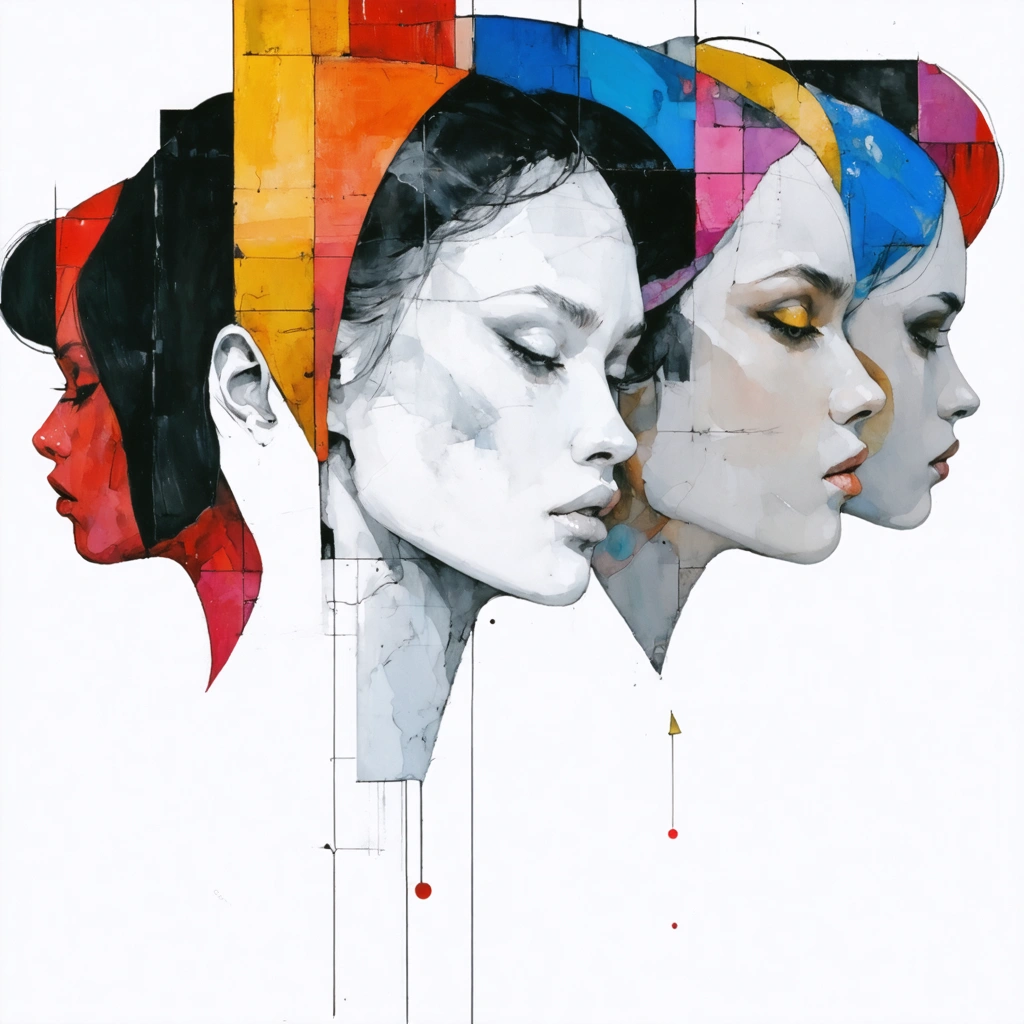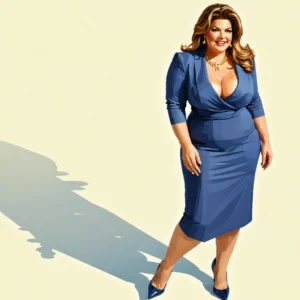
The Emergence of a Cultural Revolution in Fashion
The fashion industry has witnessed a transformative journey over the past decade, with movements such as “Free the Nipple” taking center stage as more than a mere trend. Originally conceived as an act of defiance and a quest for gender equality, this movement has evolved into a full-blown business phenomenon. Driven by influential figures like Charli XCX and other trendsetters, the adoption of see-through designs and bold cuts has challenged traditional norms and redefined the concept of modesty in high fashion. In boardrooms and design studios alike, executives and creatives are now discussing how these provocations affect brand positioning, market segmentation, and consumer loyalty.
Business Implications and Market Dynamics
Explosive Market Growth
What began as an underground movement has now spilled over into mainstream economics, creating lucrative opportunities for innovative fashion brands and designers eager to capture the zeitgeist. Market research indicates that:
- Consumer demand for daring, boundary-pushing designs is on the rise.
- Young, digitally-savvy audiences are the primary drivers of this change.
- Social media platforms accelerate the rapid adoption of novel styles.
Companies that embrace these changes often benefit from increased media visibility and a refreshed brand image that appeals to modern values. The shift in consumer expectations has forced traditional brands to re-evaluate their style guides and marketing strategies in order to remain competitive.
Innovative Business Models
The evolution of “Free the Nipple” fashion has spurred the adoption of innovative business models. Companies are embracing diverse strategies including:
- Collaboration Initiatives: Fashion houses are partnering with influencers and niche designers to create exclusive collections, merging artistic vision with commercial viability.
- Digital-First Approaches: Enhanced online presence and targeted social media campaigns ensure that daring designs reach a broader, international audience.
- Customization and Personalization: Consumers today demand products that reflect their personal identity and values, leading brands to offer bespoke services and limited-run items.
Strategic Adaptation: Navigating Controversy and Opportunity
Addressing Public and Social Reactions
The provocative nature of see-through and “free the nipple” fashion has inevitably polarized opinions. While many celebrate the movement as a milestone in breaking free from outdated societal norms, others criticize it as merely a marketing gimmick. For business executives, navigating these polarized reactions involves:
- Crisis Communication: Developing clear, consistent messages to address public concerns and highlight the brand’s commitment to progressive values.
- Community Engagement: Organizing forums, live events, and discussion panels where critics and supporters can voice their views to foster inclusive dialogue.
- Policy Reformation: Re-examining advertising standards and guidelines to ensure that creative freedom aligns with ethical marketing practices.
Integrating Strategy into Corporate Vision
For brands and high-fashion houses, the ability to integrate bold, rebellious aesthetics with their corporate vision determines long-term success. Some crucial strategies include:
| Strategy | Key Aspect | Expected Outcome |
|---|---|---|
| Innovation in Design | Adopting unconventional materials and styles | Enhanced brand differentiation |
| Consumer Engagement | Leveraging user-generated content and experiences | Strengthened brand community |
| Global Outreach | Expanding into emerging markets with localized versions of collections | Increased market share |
Through such measures, businesses can transform what might initially appear as a controversial movement into a robust framework for growth and innovation.
Future Directions and Industry Forecast
Long-Term Business Impact
The fashion landscape is now entering an era of bold experimentation and reimagined aesthetics. Industry analysts predict that:
- The economic impact of avant-garde fashion trends will continue to escalate, pushing brands into new arenas of creativity and product offerings.
- Brands that successfully merge edgy design with social responsibility are likely to command premium market positions.
- Innovative marketing channels, particularly digital and influencer-led initiatives, will be critical to engaging global demographics.
As the business model adapts to these evolving tastes, the relationship between creativity and commerce is poised to become even more symbiotic.
Embracing a New Era of Fashion Innovation
In conclusion, the rise of “Free the Nipple” fashion represents far more than a trend—it signifies a paradigm shift within the luxury and high-street sectors alike. It challenges classic business practices while compelling brands to rethink identity, messaging, and growth strategies. Forward-thinking executives are increasingly investing in research and development, exploring both traditional inspirations and emergent technologies to harness bold new market opportunities. The confluence of art, activism, and commerce defines a transformative period in fashion history that holds promise, pitfalls, and potential lessons for industries far beyond clothing design.
Entrepreneurs and executives, therefore, should see this evolution as an impetus to reimagine their business models, explore untapped consumer segments, and ultimately, shape an inclusive future that balances provocative aesthetics with sustainable practices. The intersection of technology, culture, and commerce heralds an era where fashion is not only about what we wear but also how we redefine societal norms and corporate success.




